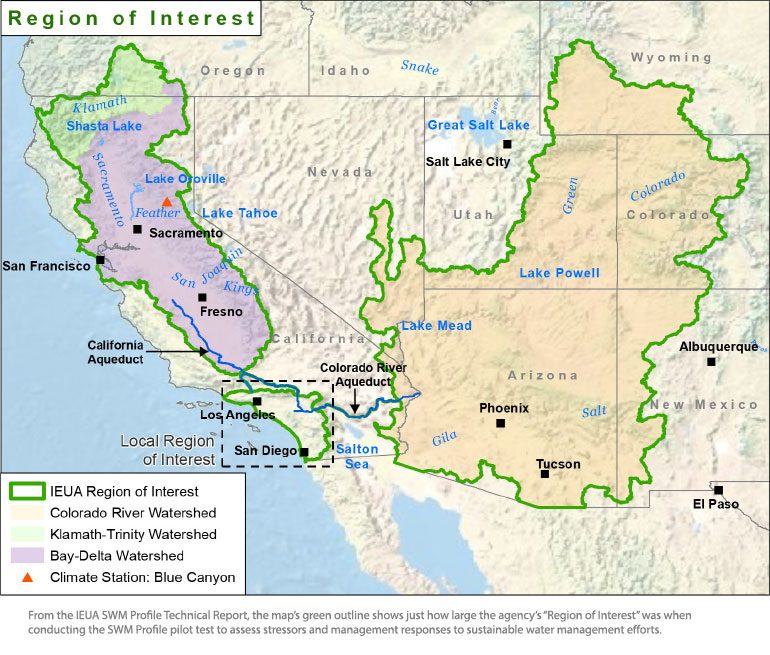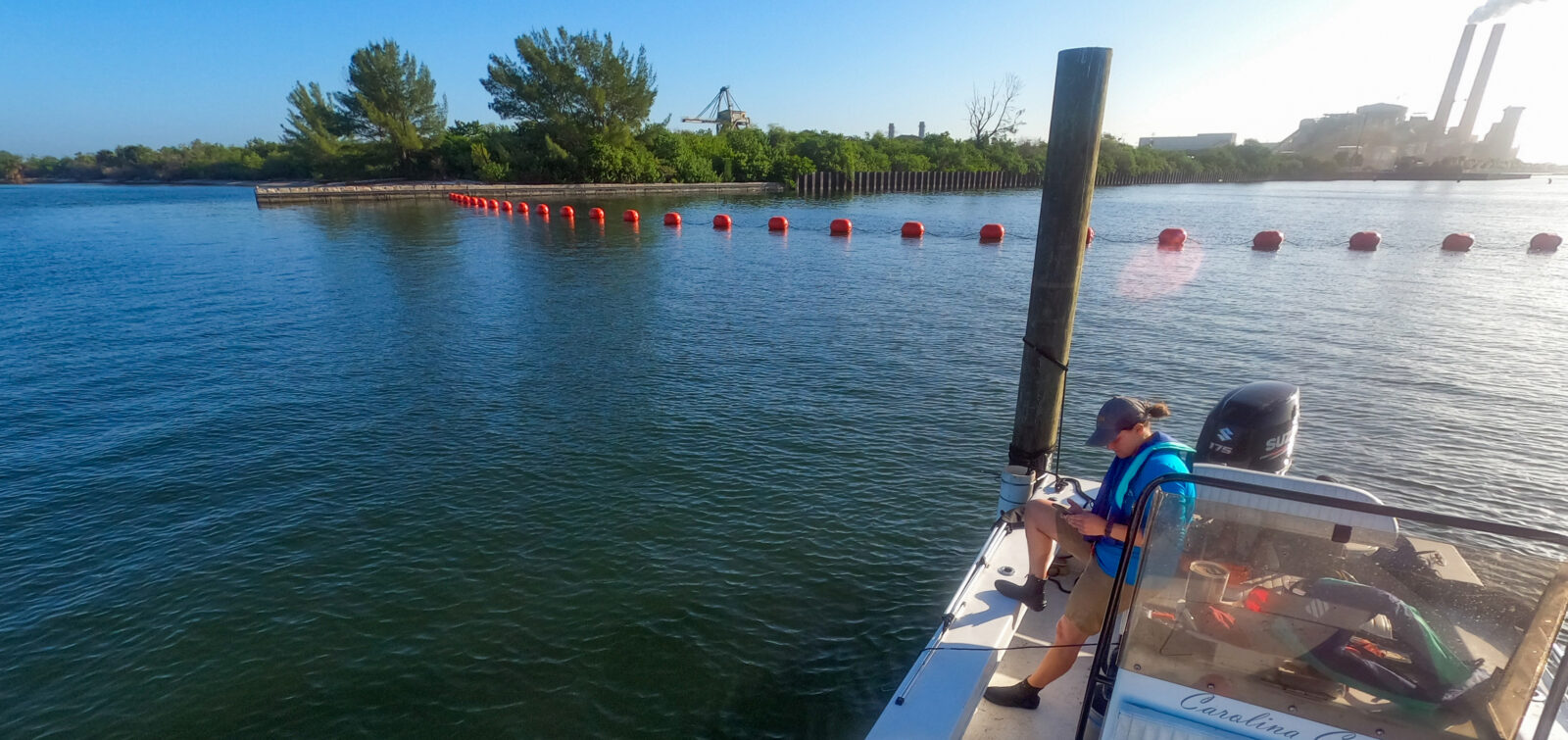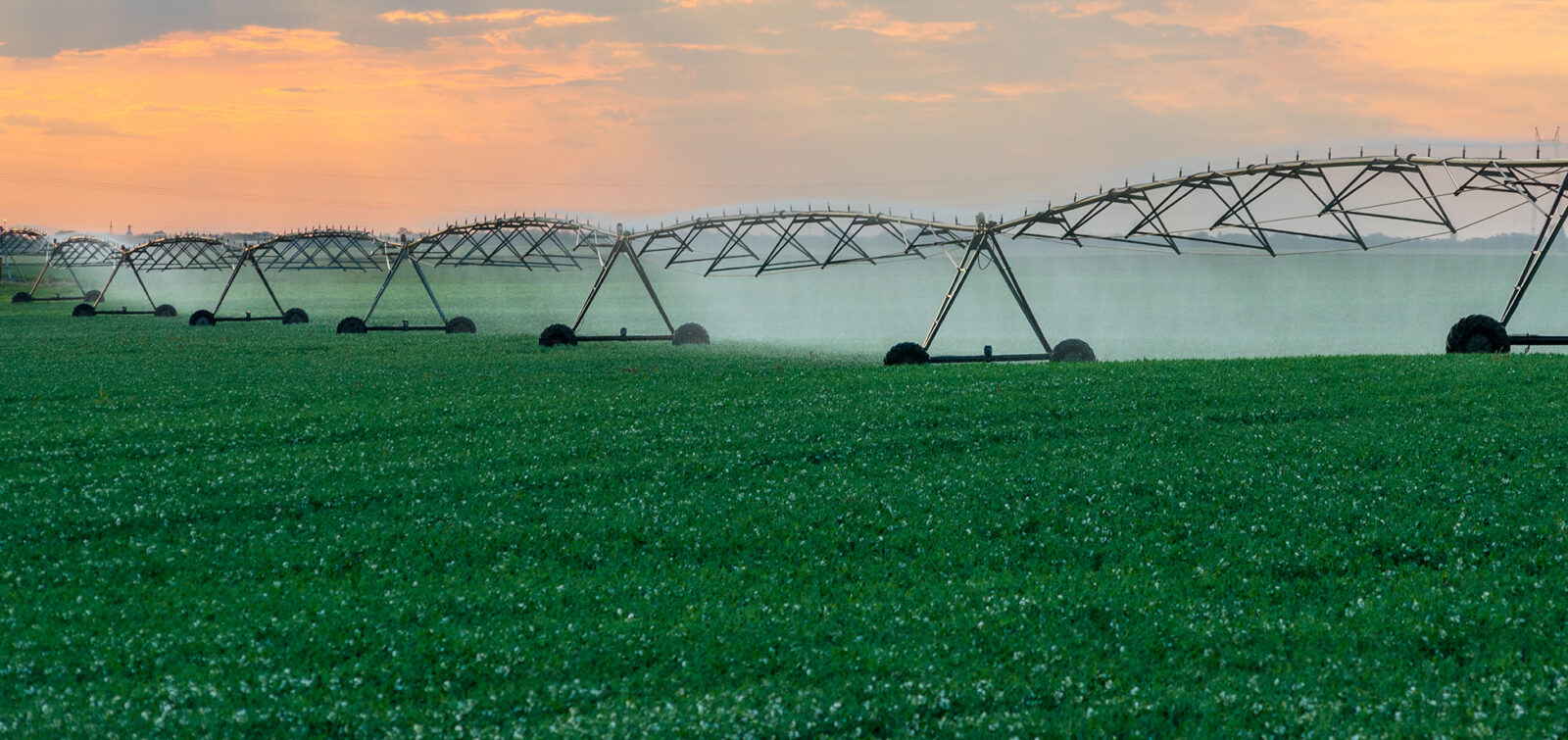No one can ignore the effects of climate change in California. From severe drought and widespread flooding, to historic and devastating wildfires, this new reality makes coordinated, inclusive water management more of a necessity than ever.
Every five years, the Department of Water Resources (DWR) releases an update to the California Water Plan (CWP), the state’s comprehensive strategic plan for managing and developing water resources sustainably. With climate change impacts in mind, 2018’s update provides recommended actions, funding scenarios, and an investment strategy to bolster efforts by water and resource managers, planners, and decision-makers to overcome the state’s most pressing water resource challenges.
Update 2018 envisions a future whereby all Californians benefit from effective water management—reduced flood risk, more reliable supply, reduced groundwater depletion, and greater habitat and species resilience. It dictates that planning and policy priorities must have a mutual understanding of resource limitations, management deficiencies, and shared intent—with a focus on sustainability and multi-benefit actions that result in greater public health and safety, a stronger economy, ecosystem vitality, and cultural, spiritual, recreational, and aesthetic experiences.
Sustainability in Practice: How do we know we’re making progress?
This spring, Governor Newsom echoed the need to address critical water resource issues in his Water Resilience Portfolio initiative. It’s clear that moving the needle will require collaboration across regions and stakeholders, but how do we begin?
To make sustainable water management a reality, an important first step is developing sustainability frameworks that can be used to assess the effectiveness of our actions. The past two decades have seen an emergence of multiple statewide and regional efforts to develop and apply indicator-based assessment frameworks and tools to help assess the sustainability of water management.
Such frameworks have been highlighted in more recent updates to the CWP. At the same time, development of the Sustainable Water Management (SWM) Profile was initiated by the Water Foundation as a tool to evaluate conditions that stress the sustainability of water supply management as well as progress toward sustainable water management at both the water supply agency level and a regional scale.
A two-step assessment framework, the SWM Profile first uses simple metrics grouped into themes—Supply Reliability, Demand, Watershed Health, and Finance—to assess a suite of stressors or vulnerabilities to sustainable water supply management. It then evaluates responses to the stressors by the water agency and the broader region by assessing the level of actions taken to address each stressor and their effectiveness. The points-based results rate where an agency and its larger region currently stand on the path to sustainability.
Case in Point
Every region has its own set of stressors to sustainable water management, and what is important is how water agencies respond to those stressors—how they act to mitigate them. In a collaborative process, ESA has been assisting agencies throughout California in pilot-testing the SWM Profile. Agencies have appreciated its practice of separating the assessment of stressors to sustainable water management from the assessment of management responses to address them.
Akin to the SWM profile, ESA worked with the Santa Ana Watershed Project Authority (SAWPA) on its own regional framework for sustainable water management assessment: the One Water One Watershed Plan, or OWOW Plan, in support of CWP’s Update 2018. The ESA team identified simple, readily evaluated metrics that were specifically meaningful to the public and decision-makers responsible for plan implementation. The focus here was not to provide rigorous water management detail—something that is never simple—but rather to give readily understood feedback on whether plan implementation was sufficiently moving conditions in the desired direction.

What’s Next?
While we don’t know all the paths that will be explored in California’s quest to support sustainable water management, we do know that finding practical, workable tools to measure and monitor our progress toward that goal will be important in building and continuing public support to get there. With these collaborative tool development efforts, partnered with the Water Foundation and our profile agencies, ESA is moving the needle toward more sustainable water management. We are collecting our findings of these efforts, and are looking forward to sharing with you in the coming months—stay tuned.
In the meantime, for more information (or to discuss your favorite metric!), please contact Betty Andrews or Jim O’Toole.







